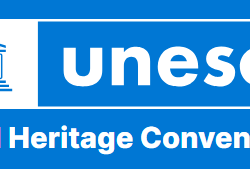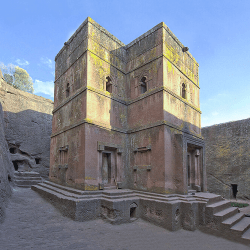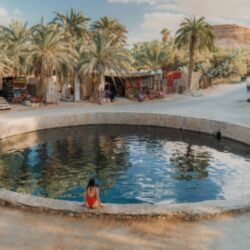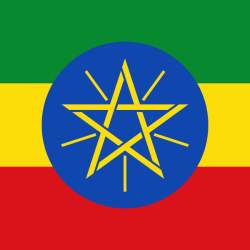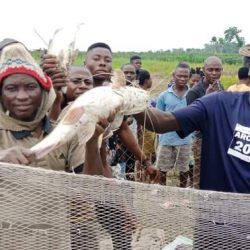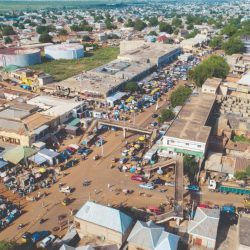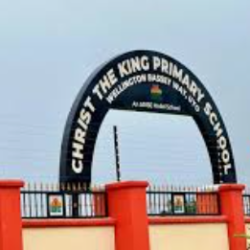The Western Desert of Egypt covers 68% of of the country and is home to stunning oases, deep depressions, ancient history, and rich resources. Discover all you need to know in this detailed guide.
The Western Desert may seem like an empty expanse of sand, but it holds some of the country’s most precious natural, historical, and cultural treasures. From the mystical Siwa Oasis to the harsh, beautiful Qattara Depression, this landscape invites exploration and respect. As Egypt invests more into sustainable development and tourism in this area, the Western Desert is sure to shine even brighter on the global stage.
It is a vast and captivating part of Egypt that occupies nearly 680,000 square kilometers, making up approximately 68% of the country’s total land area. Despite its arid and rugged nature, it is one of the most geologically and historically significant regions in North Africa. Bordered by the Nile Valley to the east and Libya to the west, the Mediterranean Sea to the north, and Sudan to the south, this desert offers an incredible diversity of landscapes, natural formations, and ancient sites.
Its enormous size encompasses everything from salt lakes and massive sand dunes to lush oases and forgotten valleys. This desert isn’t just sand and heat — it’s also a place of mystery, resilience, and deep-rooted culture that has thrived against the odds for thousands of years.
Geographical Features of the Western Desert
The Western Desert can be broadly divided into two primary zones: the Northern Section and the Southern Section — each possessing its own set of geological marvels and ecological niches.
a. The Northern Section
This part of the desert includes the coastal plain, the northern plateau, and the Great Depressions Area. Some of the most well-known regions in this section include the Siwa Oasis, Qattara Depression, Natroun Valley, and Baharia Oasis.
- Siwa Oasis is a historical gem famous for its ancient oracle temple dedicated to Amun, visited by Alexander the Great. The oasis is dotted with olive groves, palm trees, and salt lakes.
- Qattara Depression is one of the lowest points in Africa, dipping around 133 meters below sea level. Though uninhabitable, it plays a key role in Egypt’s geology and water resource planning.
- Natroun Valley is a religious hub, known for its Christian monasteries dating back to the 4th century.
- Baharia Oasis offers surreal black and white desert landscapes formed from volcanic activity and chalk rock formations.
b. The Southern Section
The Southern Section of the Western Desert includes Farafra, Kharga, Dakhla oases, and the remote al-Owainat region.
- Farafra Oasis is sparsely populated but stunning, particularly the White Desert National Park with its surreal chalk formations.
- Kharga Oasis, historically vital as a caravan route, is now a hub of date and olive cultivation.
- Dakhla Oasis blends old mudbrick villages and Roman temples with a surprisingly fertile landscape.
- Al-Owainat, located in the extreme south near Sudan, is remote but rich in aquifers and now a key site for desert farming projects.
Natural Resources in the Western Desert
Despite its barren appearance, the Western Desert is rich in natural resources. The Eastern Desert is traditionally associated with mining, but the Western Desert is no less significant.
- Petroleum and natural gas are found in commercial quantities, especially in the northwestern areas.
- Phosphate, iron ore, limestone, and glass sand are also extracted.
- Underground water is the region’s most vital asset, supporting both agriculture and settlements.
Cultural Heritage and Human Life
Oases throughout the Western Desert have been centers of life and civilization for millennia. The people living in this region — often Bedouin tribes or descendants of ancient settlers — have preserved their traditional lifestyles, crafts, and oral histories.
They’ve built mudbrick homes designed to keep cool during scorching days, and many communities still rely on ancient wells and irrigation systems like qanats. Despite modernization, local customs, music, and cuisine remain deeply rooted in their environment.
Tourism and Exploration
In recent years, the Western Desert has become a favorite for eco-tourists, adventurers, and archaeology buffs. From camping under the stars in the White Desert to exploring ancient ruins in the Kharga Oasis, there’s something uniquely spiritual and awe-inspiring about this part of Egypt.
Tour operators now offer:
- 4×4 desert safaris
- Rock climbing in Gilf al-Kebir
- Sandboarding in the Great Sand Sea
- Star-gazing tours, thanks to the region’s dark, clear skies
Challenges and Preservation Efforts
Living in and sustaining the Western Desert isn’t easy. Some of the key challenges include:
- Water Scarcity: As agriculture grows in oases like al-Owainat, managing the underground water reserves sustainably is critical.
- Desertification and Climate Change: The fragile desert ecosystems are under constant threat.
- Infrastructure Development: Roads and utilities are sparse, hindering economic growth and tourism.
Egypt has started projects focused on desert reclamation, creating new agricultural lands and promoting renewable energy in these areas.
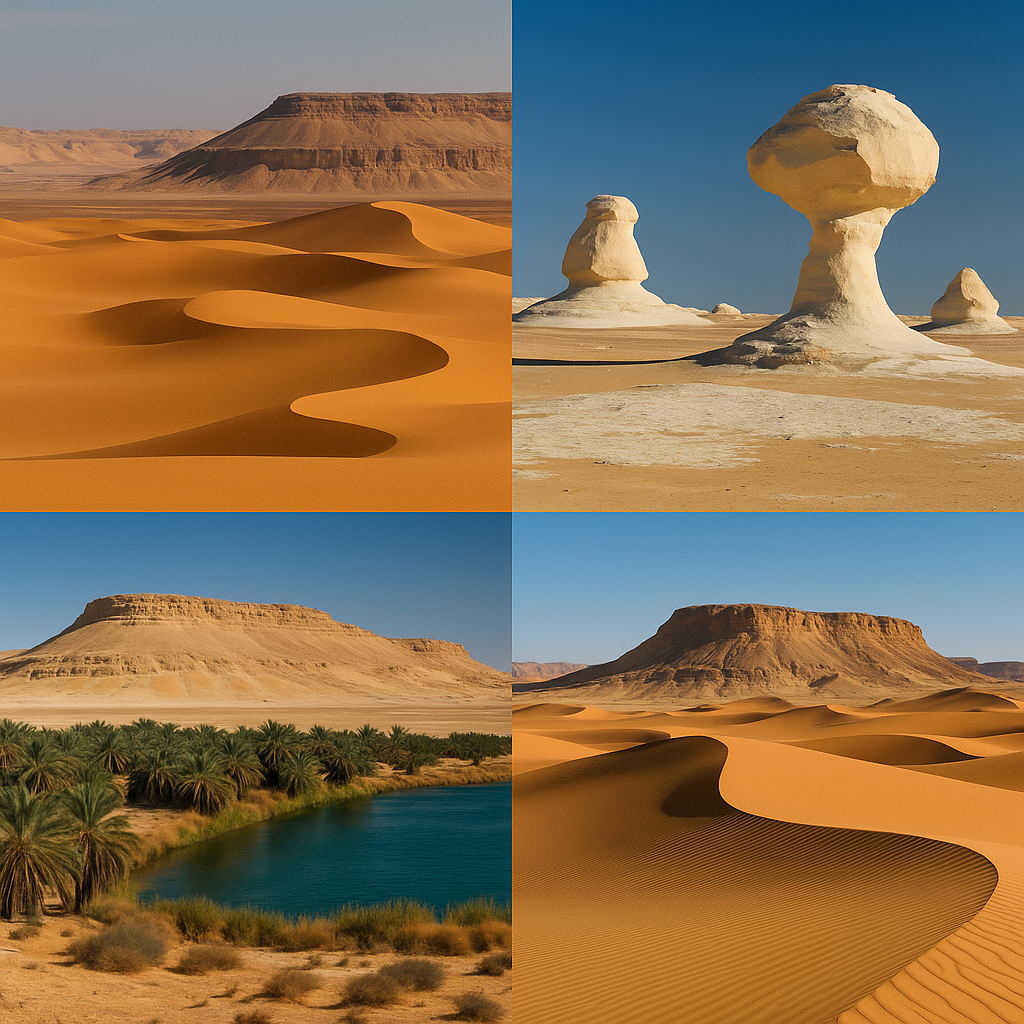
FAQs about the Western Desert
1. What percentage of Egypt does the Western Desert cover?
It covers approximately 68% of Egypt’s total land area.
2. Which are the main oases in the Western Desert?
Key oases include Siwa, Baharia, Farafra, Dakhla, and Kharga.
3. What is the Qattara Depression?
It is one of the lowest points in Africa, located in the Western Desert, and dips over 130 meters below sea level.
4. Is the Western Desert inhabited?
Yes, several oases have communities with thriving cultures and agriculture.
5. What resources are found in the Western Desert?
Oil, gas, phosphate, iron, limestone, and significant groundwater reserves.
6. Can tourists visit the Western Desert safely?
Yes, guided tours and safari trips are popular, but travel should always be planned with local experts for safety.


